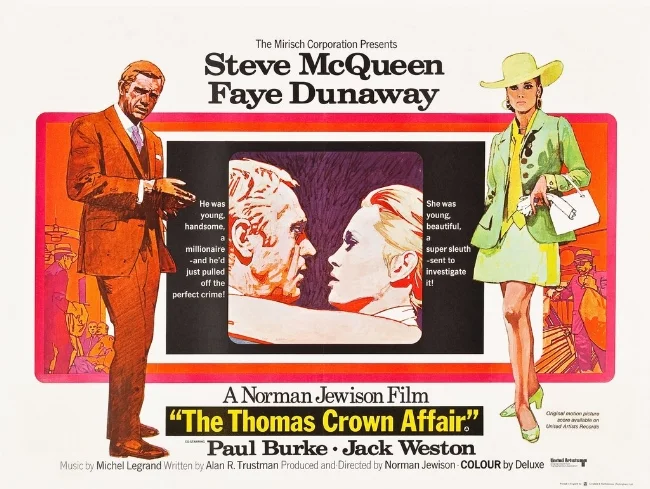Throne of Blood (1957)
When I first saw Throne of Blood as a teenager I was ill in bed with a fever. I found the brooding atmosphere and the use of fog, very hypnotic and was never quite sure if this ethereal quality was down to my state of health or the way the film had been crafted. Subsequent viewings have established that the dream like aspect of the film is indeed due to the creative talents of it's great director. Akira Kurosawa remains the best-known Japanese director to Western audiences, while other luminaries, such as Mikio Naruse, Yasujiro Ozu and Kenji Mizoguchi, are known mainly to aficionados and scholars of cinema. Kurosawa’s work maintains a critical consensus, although he was at one point rejected in his native country for being too entrenched in obsolete traditions and themes. On a technical level his film making credentials remain unparalleled and in many ways, Throne of Blood is a text book example of his style and technique.
The story focuses on Washizu and Miki, two captains that have just successfully suppressed a rebellion for their warlord Lord Tsuzuki. While riding through Cobweb Forest, they encounter an old woman who prophesies that Washizu will usurp castle, but that his reign will be brief, and his throne soon will be occupied by Miki's son. Both warriors initially laugh at these predictions, but there are soon indications that the prophesy may be true. When Washizu reveals his thoughts to his scheming wife Asaji, she urges him to take the initiative and kill Lord Tsuzuki who is to visit their home. Washizu subsequently murders his Lord and blames his bodyguards, thus usurping the throne. Yet he is plagued by guilt for betraying his honour and slowly descends into madness as he sees supernatural visions and portentous signs. However, despite concerns over his fitness to rule along with his increasing abuse of his power, Washizu has no intention of relinquishing his position.
This 1957 retelling of “the Scottish play” translates perfectly into 16th century feudal Japan. It retains much of the Shakespeare's brooding atmosphere and to this Kurosawa adds the formality and cultural intrigue of his native country. The adaptation omits most of the minor characters and transforms the witches' scenes into a supernatural encounter with an old woman spinning in a forest glade. Acted in the classic Kabuki tradition, the central performances, particularly that of Toshiro Mifune, are superb in spite of their economy of words. Intent and feelings are often conveyed by body language and deportment. The black and white cinematography, the imposing production design, striking costumes and jolting use of violence all work to create a sinister and esoteric world; an attitude still held about Japan by the West in the post war era. Kurosawa uses the camera masterfully, alternating between lengthy static takes and fluid tracking shots. There are many visually arresting scenes both big and small, such as Cobweb Forest slowly advancing towards the castle through a sea of fog as well as the sudden invasion of the throne room by a flock of birds.
Modern audiences may have to adjust their expectations, as Throne of Blood is made in the Noh drama style which relies on visual, non-verbal means convey characters feelings and the underlying mood. But it is the cultural differences of Japanese cinema that make this film so engaging, atmospheric and compelling. Along with its high contrast black and white photography, extraordinary images of rain, galloping horses, and highly charged performances. All of which contribute to an atmosphere of self-destructive inevitability for the tragic Captain Washizu. As for the ending, let it suffice to say that it is justifiably legendary and a visual triumph. As a piece of cinema, Throne of Blood goes beyond being a mere adaptation Shakespeare or even a Samurai movie. It remains a film making landmark and bastion of visual creativity, underpinned by a particularly Japanese sensibility. It is singularly thought provoking and stylish, and once seen it leaves an indelible impression.









